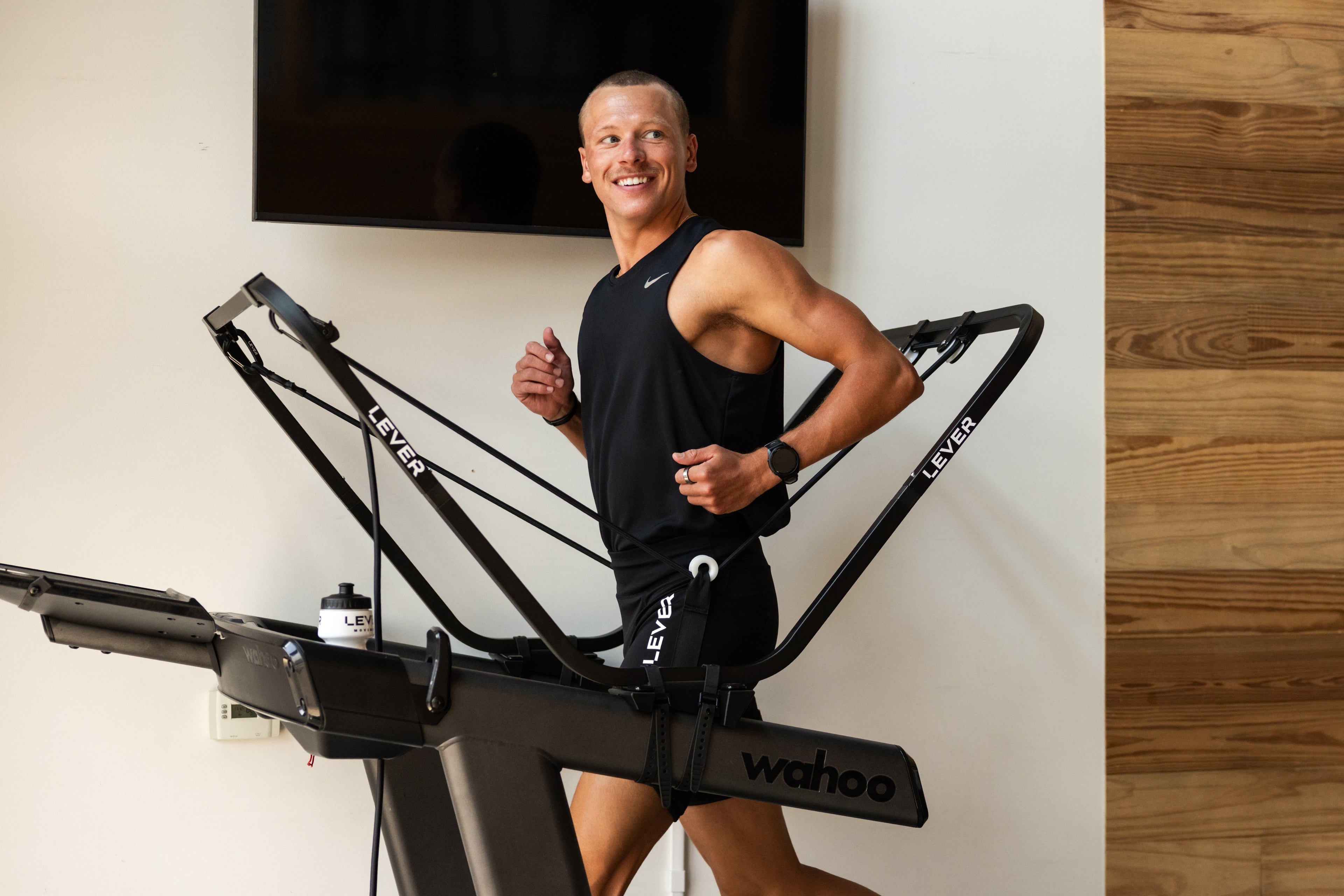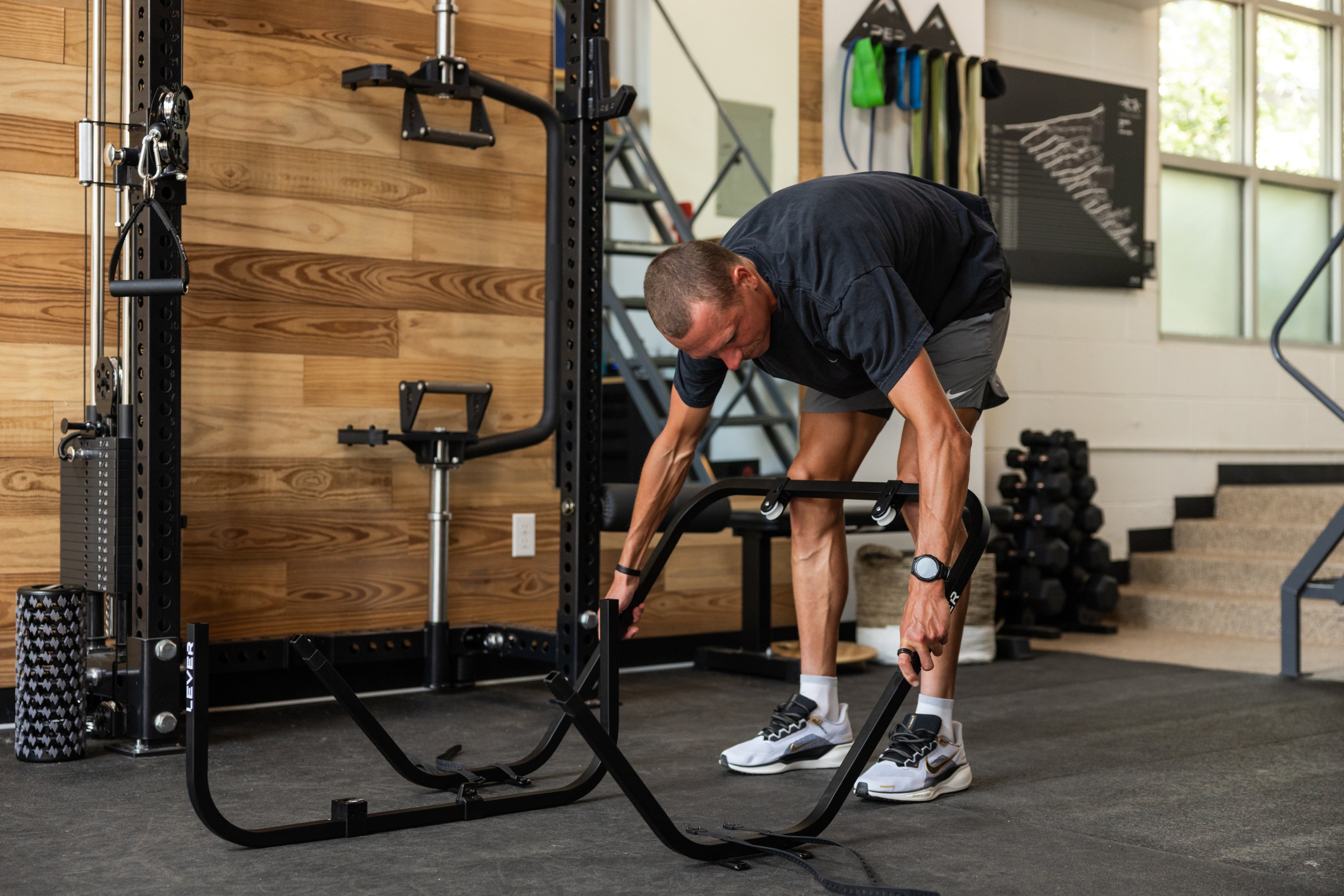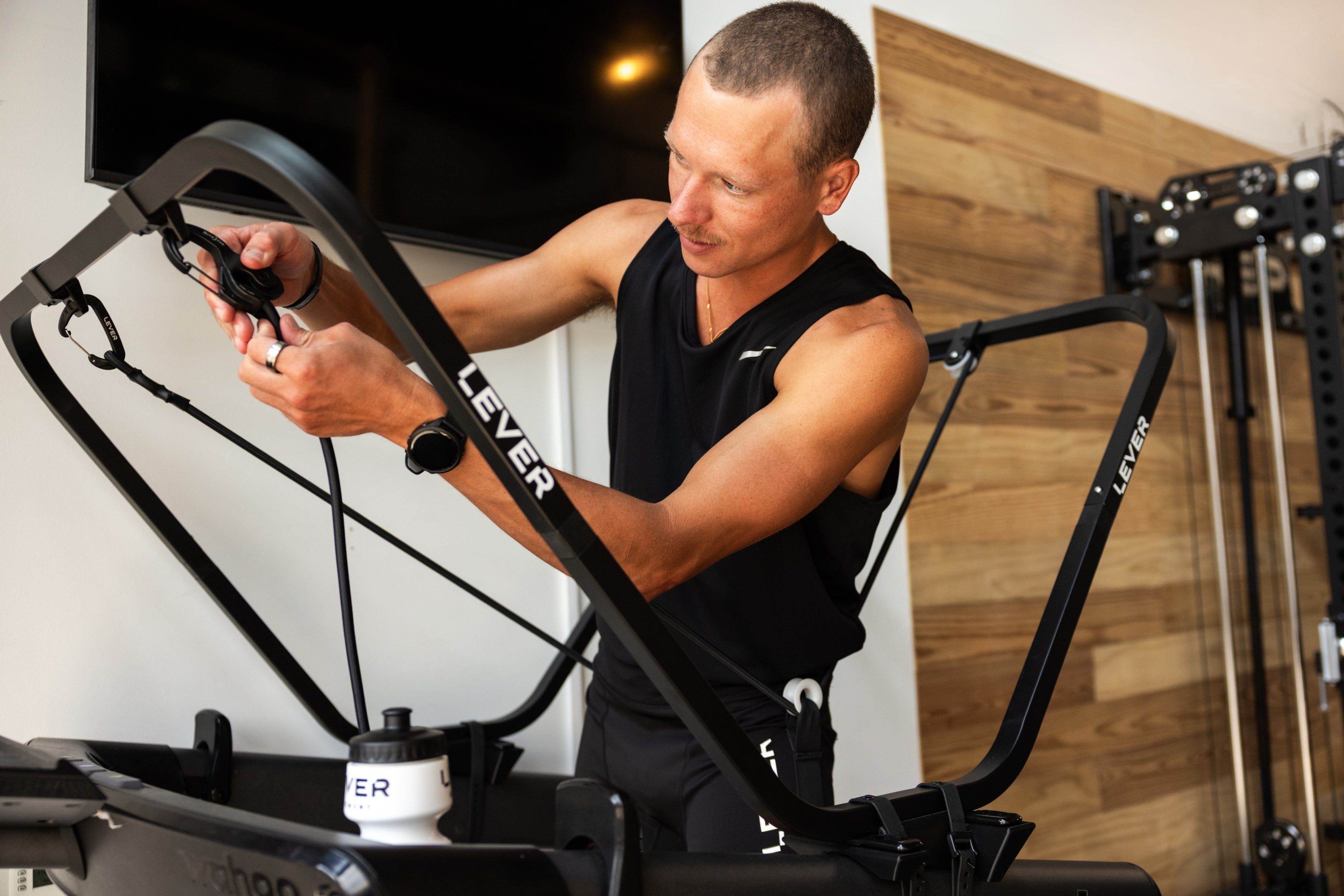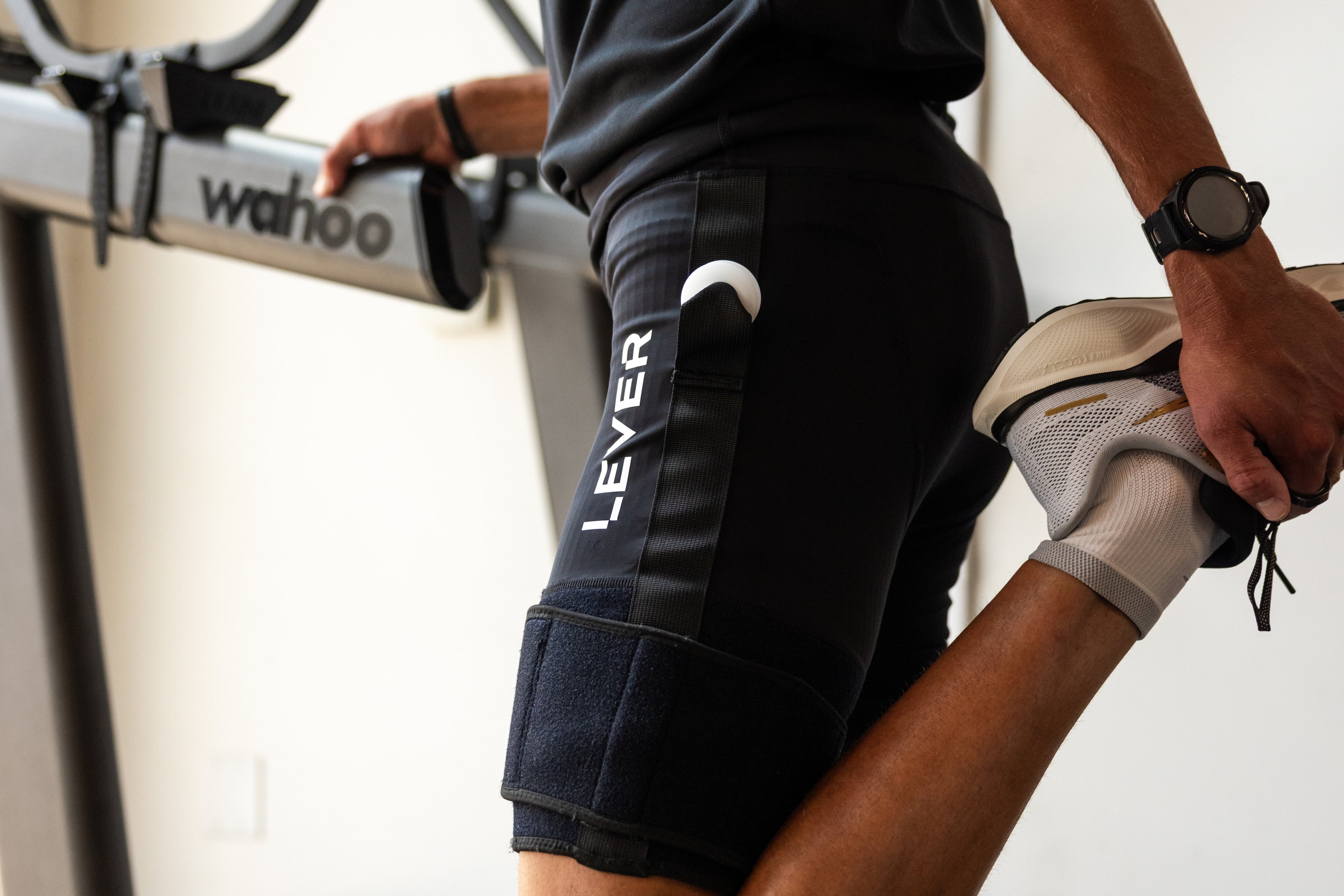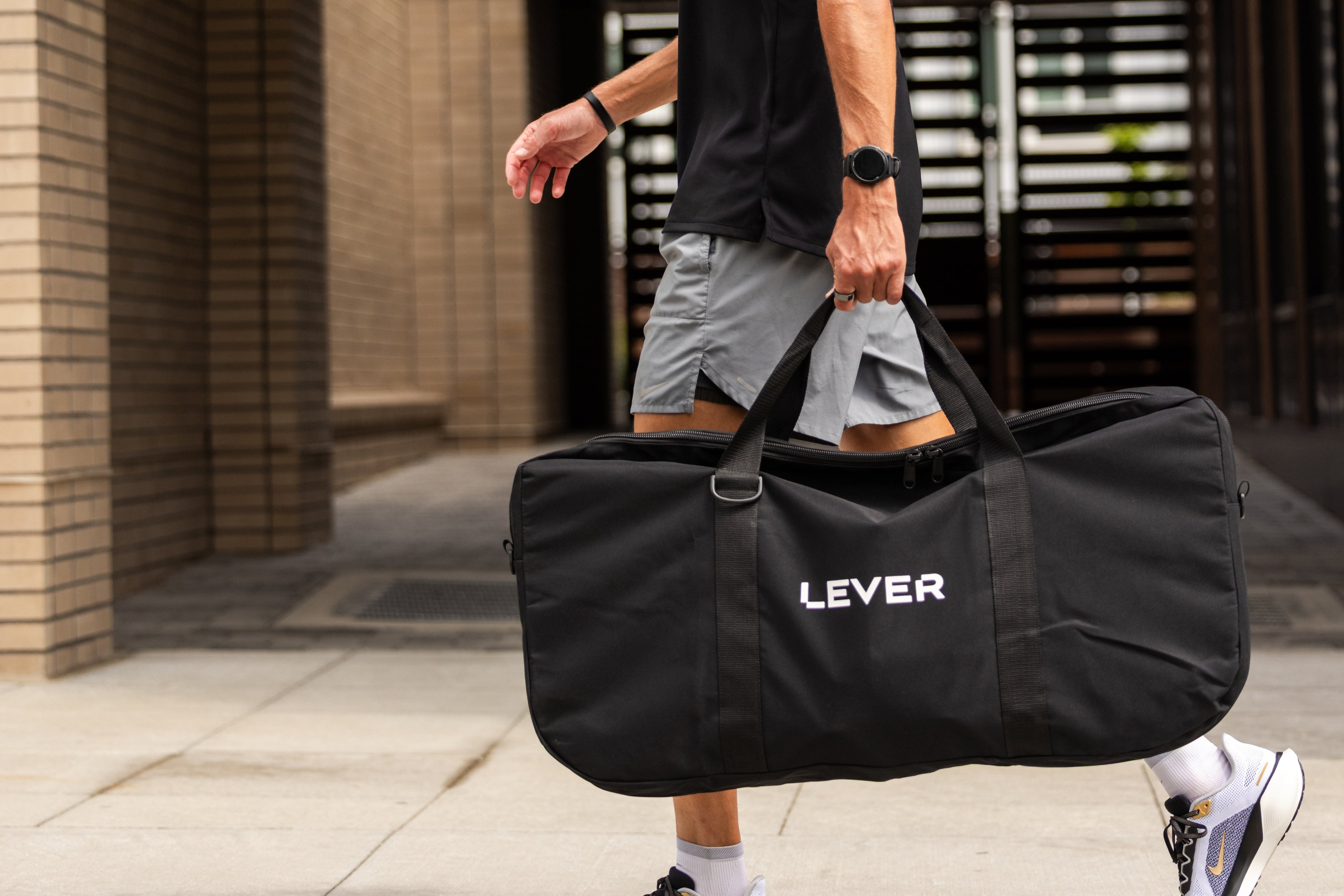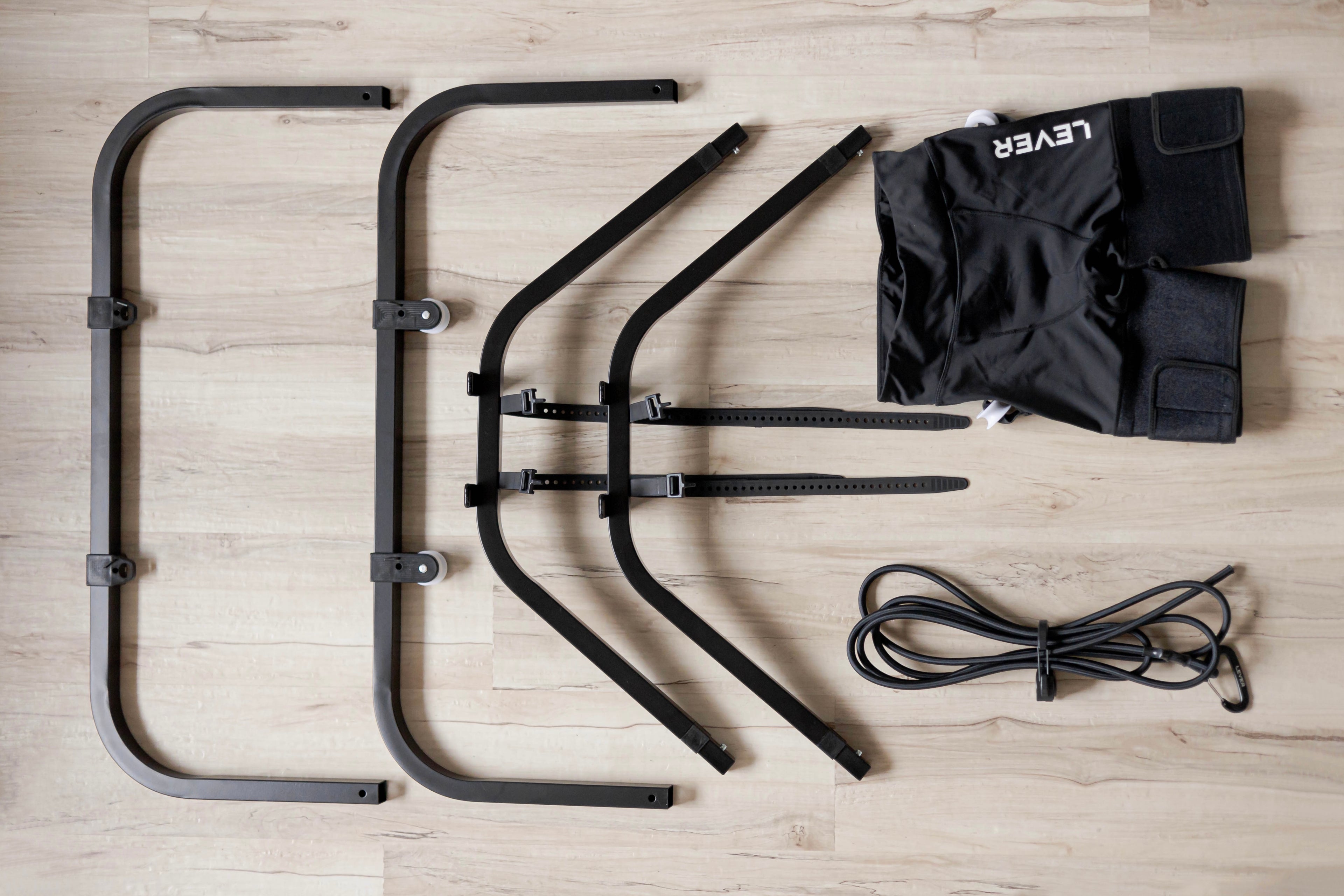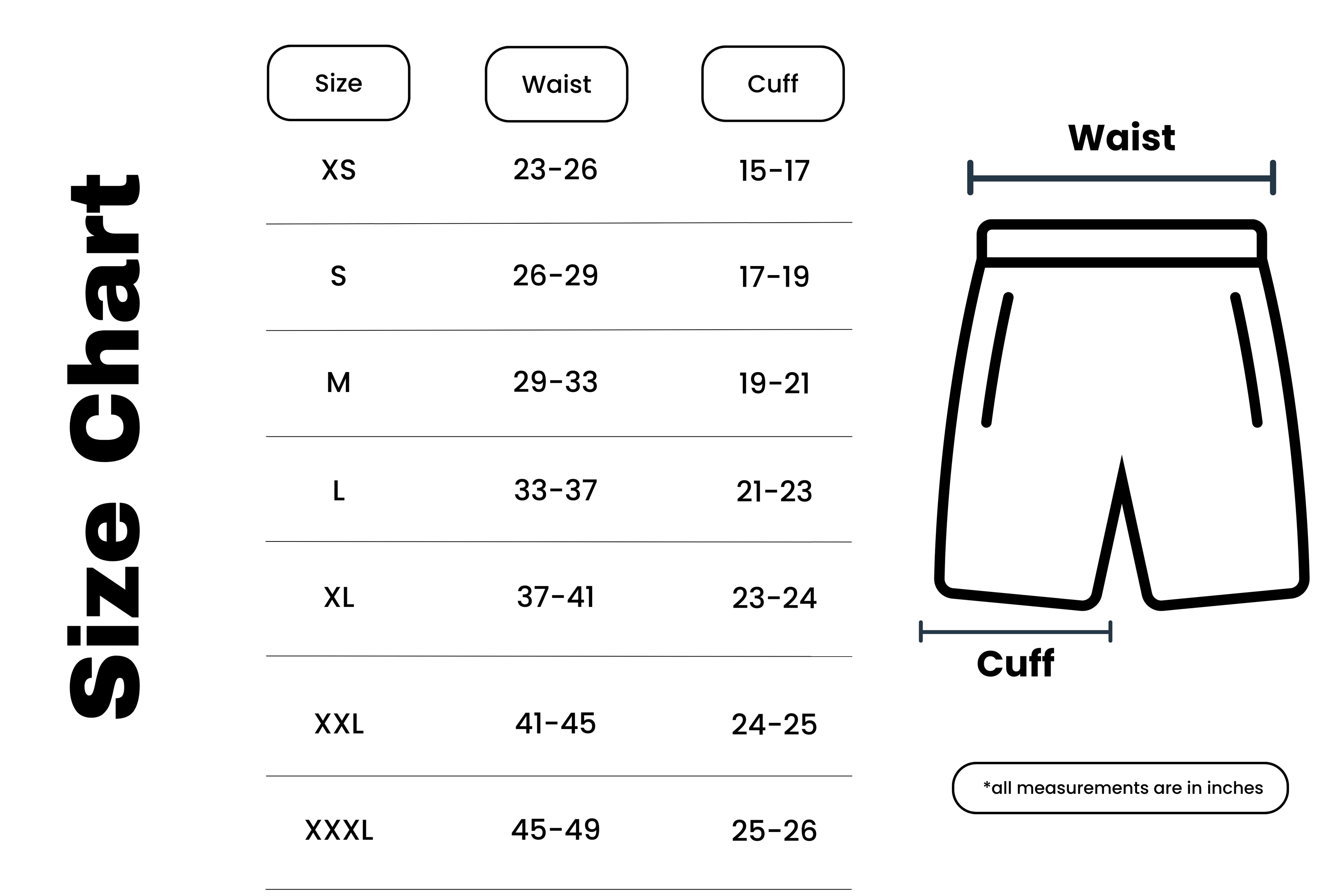Running is an exhilarating sport that brings numerous health benefits. However, like any physical activity, it also carries a risk of injury, especially if not approached correctly. As runners, whether we're beginners or seasoned marathoners, understanding how to increase our mileage safely is crucial. Two key concepts come into play here: the 10% Rule and the use of body weight support systems.
The 10% Rule
The 10% Rule is a simple, yet effective principle that every runner should remember: Don't increase your weekly mileage by more than 10% from the previous week. This guideline helps us avoid pushing our bodies too hard, too quickly, which can lead to overuse injuries.
Increasing your distance too rapidly can bring about conditions such as shin splints and stress fractures. These injuries occur when we put too much pressure on our bodies in a short period, not giving our muscles and bones adequate time to adapt and recover.
Applying the 10% rule is straightforward. If you ran 20 miles total last week, you should aim to run no more than 22 miles this week. This gradual increase allows your body to adapt to the new training stress and can help you avoid burnout and injury.
Body Weight Support

But what about those instances when we're eager to ramp up our mileage quickly yet safely? This is where body weight support systems can be a lifesaver.
Body weight support systems reduce the impact of running on your joints and muscles by supporting a portion of your weight. Incorporating these systems into your training allows you to increase your mileage or speed while simultaneously reducing the risk of injury.
These systems are particularly beneficial for new runners, those returning from an injury, or if you're looking to increase your training volume quickly for an upcoming race.
Listen to Your Body
Regardless of the tools and guidelines we follow, the most important thing is to listen to our bodies. The 10% rule and body weight support systems are there to assist our training, but unusual fatigue or persistent pain are clear signs that we might need to take it easy.
Whether you're a new runner or an experienced marathoner, these principles can help you achieve your goals safely and sustainably. Keep them in mind as you lace up your shoes and hit the road. Remember, the journey is just as important as the destination, and maintaining our health and well-being along the way is paramount. Happy running!











